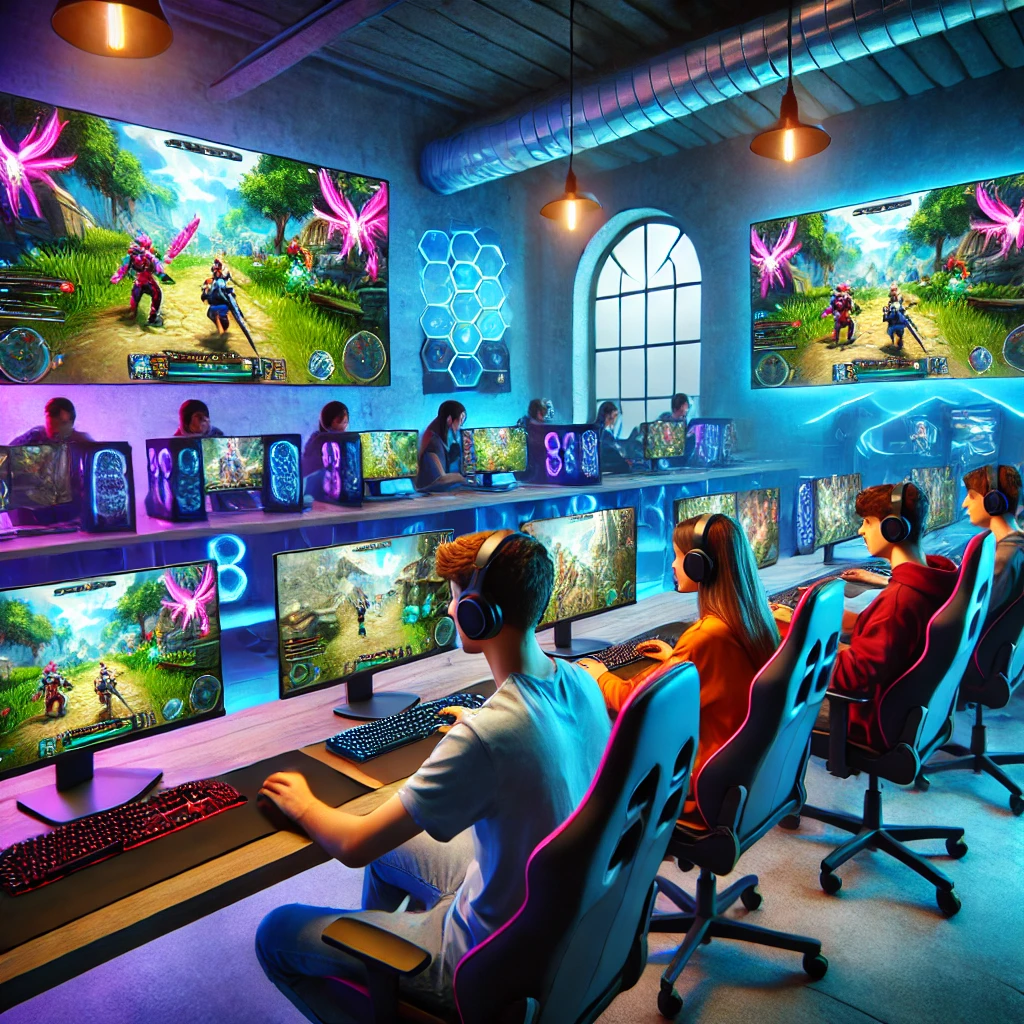Gaming has evolved beyond just a form of entertainment—it has become a powerful force for social connection and community building. From massive multiplayer online games and casual mobile games, gaming communities have become vibrant ecosystems where players connect, collaborate, and compete. Understanding how these communities form and thrive provides valuable insights into the social dynamics that fuel modern gaming culture.
1. The Foundation of Gaming Communities
Gaming communities are built on shared experiences and mutual interests. Players are drawn together by:
- In-Game Interaction: Multiplayer games provide built-in social opportunities through team play, guilds, and alliances.
- Fan Culture: Streaming platforms, fan art, and online forums extend the community beyond the game itself, creating a broader cultural identity.
2. Building Strong Bonds Through Collaboration and Competition
Gaming communities thrive when there’s a balance of collaboration and competition:
Collaboration
- Multi-player Games / Contests encourage players to develop strategies, communicate, and rely on each other.
- Guilds and clans create long-term social structures, where players form friendships and offer mutual support.
- In cooperative environments, players often mentor new members, fostering a sense of belonging and continuity.
Competition
- Competitive gaming through contests creates a drive for improvement and mastery.
- Leaderboards, contests, and rewards motivate players to engage more deeply with the game and each other.
- The competitive aspect often strengthens the community by building shared rivalries and memorable moments.
3. Inclusivity and Accessibility
For a gaming community to grow and thrive, it must be welcoming and accessible to new players.
- Games that offer multiple entry points (e.g., beginner-friendly modes, skill-based matchmaking) reduce intimidation for new players.
- Cross-platform play allows players to connect regardless of their hardware, expanding the player base and encouraging diverse participation.
- Inclusive communities actively work to reduce toxicity through moderation, reporting systems, and positive reinforcement.
4. Sustainability and Growth
To thrive in the long term, gaming communities must adapt and evolve:
- Regular updates and expansions keep the game fresh and retain player interest.
- Community events such as contests, in-game celebrations, and developer Q&A sessions maintain engagement.
- Community-driven content—such as mods, user-generated levels, and great graphics keeps the community creative and invested.
Gaming communities form and thrive when there is a balance of shared goals, social interaction, and competitive engagement. Successful gaming communities foster collaboration, inclusivity, and adaptability, ensuring that players remain connected and invested over time. As gaming continues to evolve, the communities behind them will remain the heart and soul of the gaming experience.






